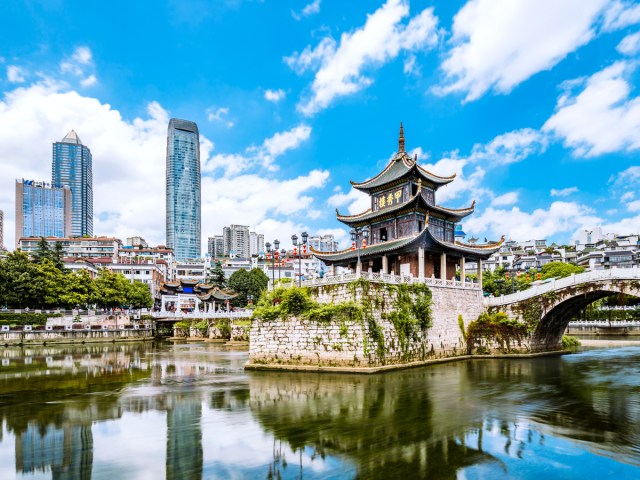Would you dine at the world’s oldest restaurant? Foodies are constantly chasing the trendiest new cuisines and hottest new restaurants, but sometimes a tried and true classic can be more satisfying than the latest fad. The proof is in the following eateries around the globe which date back centuries. Find out the recipes to success at 10 of the oldest restaurants in the world that are still open for service.
Griswold Inn – Essex, Connecticut
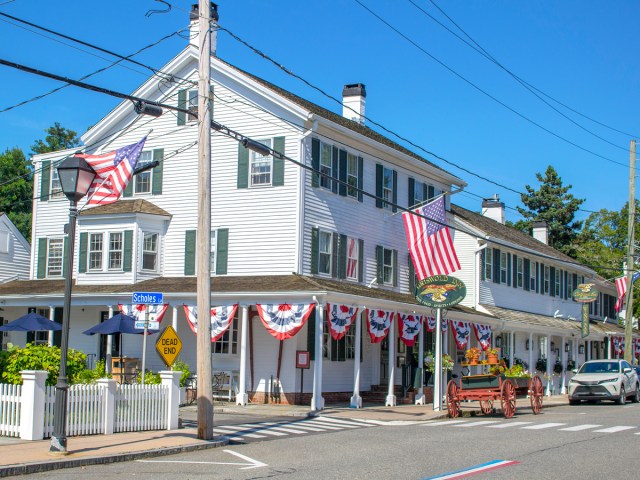
Year established: 1776
After the Connecticut colony was authorized to build its first warship in 1776, the town of Essex experienced an economic boom. As shipyard workers, builders, and tradesmen flocked to the new port on the Connecticut River, the Griswold Inn was established to house and feed the influx of workers. Since then, “The Gris” has existed through nearly 250 years of American history.
Surviving the War of 1812, the temperance movement in the 1840s, Prohibition in the 1920s, and even the Great Depression, the Gris continues to offer food, drink, and lodging to its guests. Although the rooms have been updated and restored, visitors are treated to the inn’s history through ample photos and keepsakes of a bygone era in the dining room and bar.
Botín – Madrid, Spain
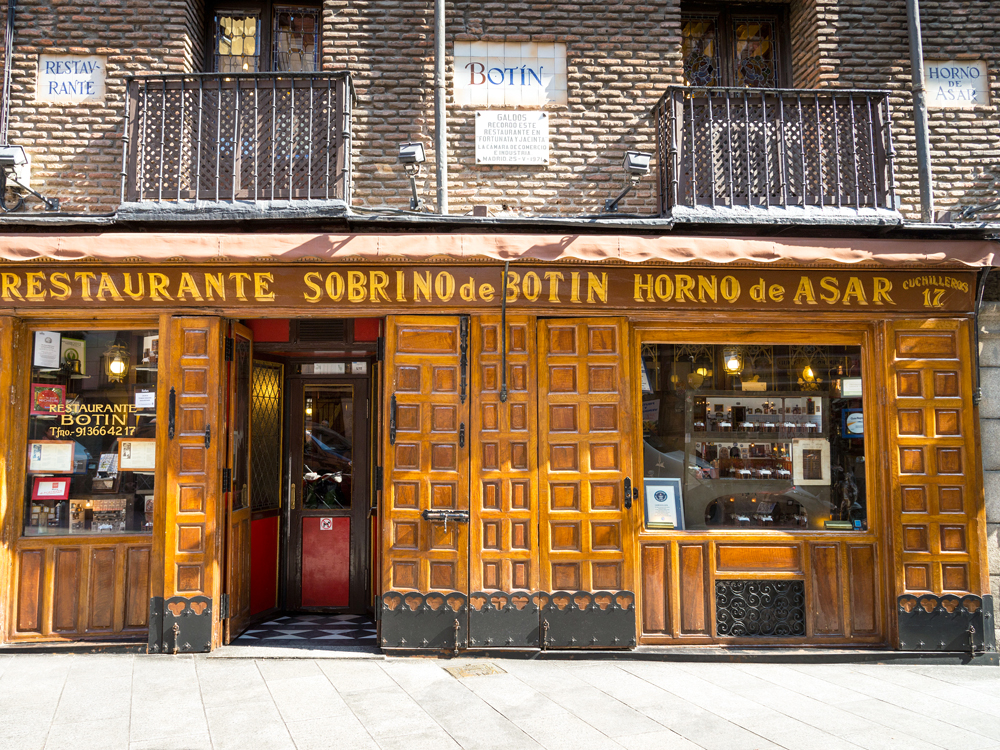
Year established: 1725
The history of Botín — which holds the Guinness World Record for the world’s oldest continuously operating restaurant — is loosely tied to the history of Spain itself. The restaurant’s building dates to 1590, a mere 30 years after King Philip II ordered his court to move to Madrid. The transition prompted a population explosion, which led to restaurants and inns popping up throughout the new capital.
In 1725, Casa Botín was established by French-born chef Jean Botín. Later, his nephew took over the business, and Casa Botín became Sobrino de Botín (“Nephew of Botín”) in the restaurant’s current building. Sobrino de Botín went through several renovations over the centuries, until it fell into the hands of its current owners in the early 1900s. Today, the establishment continues to serve traditional Spanish fare — we recommend trying delicacies such as the roast suckling pig — and tours available for those interested in the building’s unique history.
Fraunces Tavern – New York, New York

Year established: 1719
Located on the corner of Pearl and Broad Streets in Lower Manhattan, this 1719 building is one of the most historic in the city. Listed on the National Register of Historic Places, Fraunces Tavern was founded in 1762 and went on to become a famous Revolutionary War watering hole. George Washington gathered a group of his officers at the tavern for a farewell dinner in 1783, and Alexander Hamilton and Aaron Burr attended a dinner at Fraunces a week before their infamous duel in 1804.
Today, Fraunces Tavern has the distinction of being the city’s oldest existing watering hole, featuring an extensive drink menu, a piano bar, and regular live music. Don’t miss the adjacent history museum, giving visitors access to the room where Washington dined in addition to several collections of artifacts from the Revolutionary War.
La Petite Chaise – Paris, France
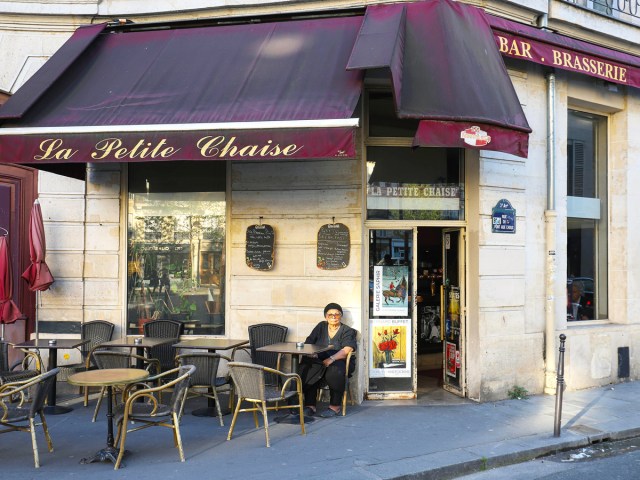
Year established: 1680
Records show that La Petite Chaise was established sometime between 1650 and 1680, though the building it occupies dates back to 1610. In the second half of the 17th century, a Parisian wine merchant named Georges Rameau began serving wine to the public, thus birthing the earliest iteration of La Petite Chaise (“The Little Chair”). The restaurant was established prior to the French Revolution, with King Louis XIV sitting atop the throne.
While the exterior remains largely unchanged, including the iron railings that date back to the 17th century, the restaurant’s interior has been updated. Despite these changes, it remains an elegant French bistro, albeit a historic one. Classic French dishes like sole meunière, filet de bœuf, and mousse chocolat are some of our favorites on the menu.
White Horse Tavern – Newport, Rhode Island
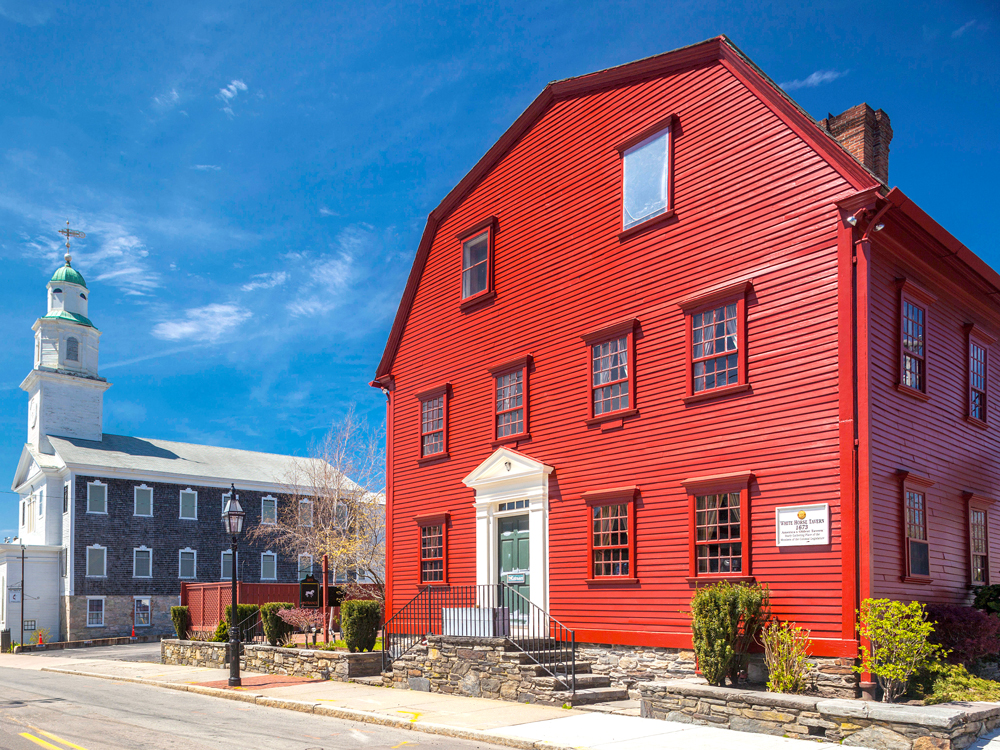
Year established: 1673
The oldest restaurant in America, White Horse Tavern is located steps away from Newport’s historic wharf. For nearly a century, the tavern hosted Rhode Island’s General Assembly, in addition to its Criminal Court and City Council. The tavern was named for the painted white steed on its welcome sign, and its signature symbol alerted weary travelers that it was open for overnight stays and hot meals.
Although it no longer provides lodging, White Horse Tavern still welcomes guests for dinner — along with a side of fascinating history. Despite its antique furnishings and historic architectural details — including low ceilings, high-backed chairs, and large fireplaces — the tavern serves modern cuisine inspired by produce and proteins sourced from regional farms.
Zur Letzten Instanz – Berlin, Germany
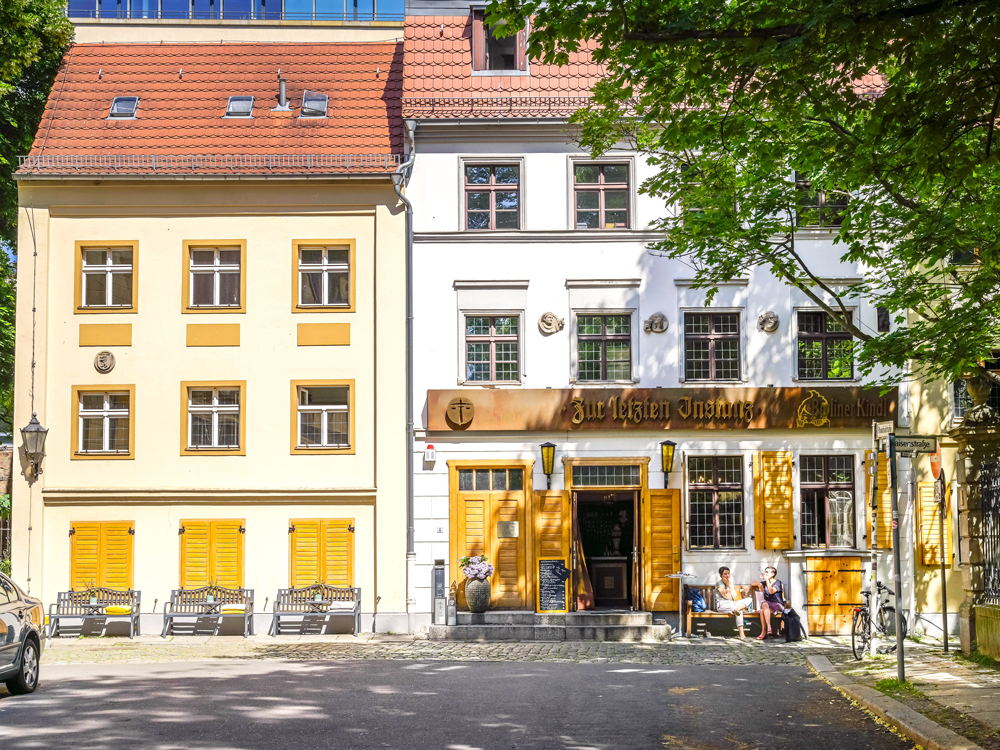
Year established: 1621
Zur Letzten Instanz’s roots date back to 1561 when the building was erected on the east side of Berlin. It wasn’t until 60 years later that a tavern occupied the building, followed by many different bars and eateries over the next 300 years. In 1924, the restaurant’s current iteration was officially established. It remains, a century later, in the same family and serves classic German and European fare in an elegant dining space.
With two guest rooms available for overnight stays, the restaurant’s interior features a Baroque spiral staircase, brick floors, and antique furnishings, including a 200-year-old tiled stove. Outside, the beer garden is equally historic, home to old-growth trees, cobblestones, and a view of the city wall built in the 12th century to protect Berlin from the threat of invaders.
La Tour d’Argent – Paris, France
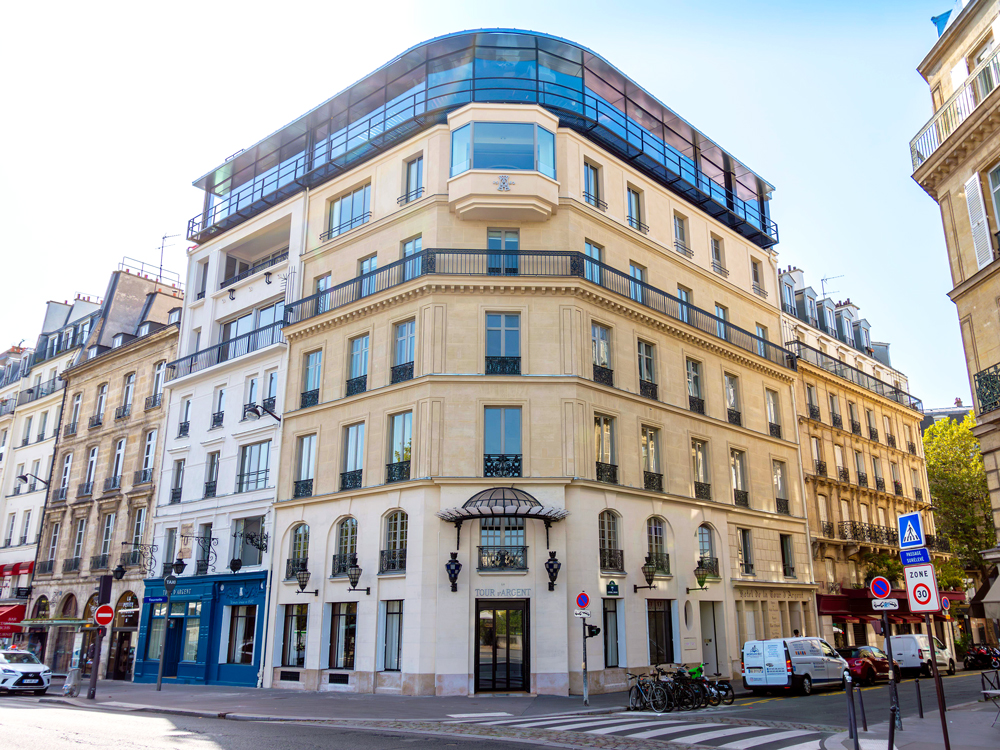
Year established: 1582
This historic restaurant in Paris’ 5th arrondissement opened during the reign of Henry III. At the time, La Tour d’Argent (“The Silver Tower”) was an inn for the nobility, serving the lords of the upper classes. In the 16th century, it became the first inn in France to provide forks for guests. Previously, people ate with their hands or spoons, and the inn’s introduction of forks led to the new-fangled instrument being associated with fine dining.
Today, La Tour d’Argent is located on the tower’s sixth floor, providing magnificent views of the Seine River, Notre Dame, and the Île Saint-Louis. The same refined hospitality and gourmet French food that once drew the noblemen of the past remain available to patrons today.
Honke Owariya – Kyoto, Japan
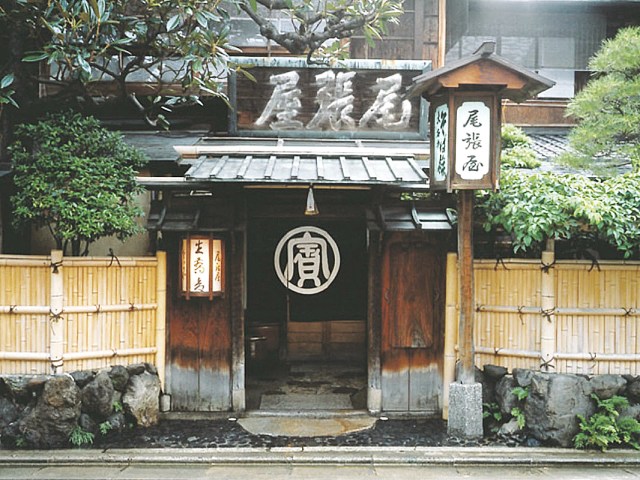
Year established: 1465
Honke Owariya began as a confectionary shop in Kyoto, the former capital of Japan. Nearly four centuries later, the restaurant became known for its signature dish, soba mochi, a sweet treat made with azuki beans, soba, and black sesame seeds. Beloved throughout the city, the dish was especially popular amongst the Imperial Family.
By 1702, the confectionery began serving soba noodles made with traditional buckwheat, a Japanese staple so popular in Zen Buddhist culture that monks used to hold buckwheat flour during meditation. Today, the restaurant continues to serve its famous soba noodles in a variety of dishes, including soups, salads, and traditional noodle recipes.
Zum Franziskaner – Stockholm, Sweden

Year established: 1421
Considered by many historical sources to be the second-oldest restaurant in the world, Zum Franziskaner originated when German monks began making their own beer in Stockholm. However, the restaurant didn’t find a permanent home in the city until 1622. Today, “Zum,” as locals call it, serves the same brew recipe that was crafted by the monks centuries ago. Situated in the city’s old town, the beer hall serves a host of other local beers from Sweden, in addition to German favorites.
Just as you would find in any German beer hall, the restaurant features dark wood paneling, high ceilings, and intimate seating. Expect to find a mix of both German and Swedish fare — we recommend sausages, lingonberries, and smörrebröd (Swedish open-faced sandwiches) to complement your choice of brew.
St. Peter Stiftskeller – Salzburg, Austria
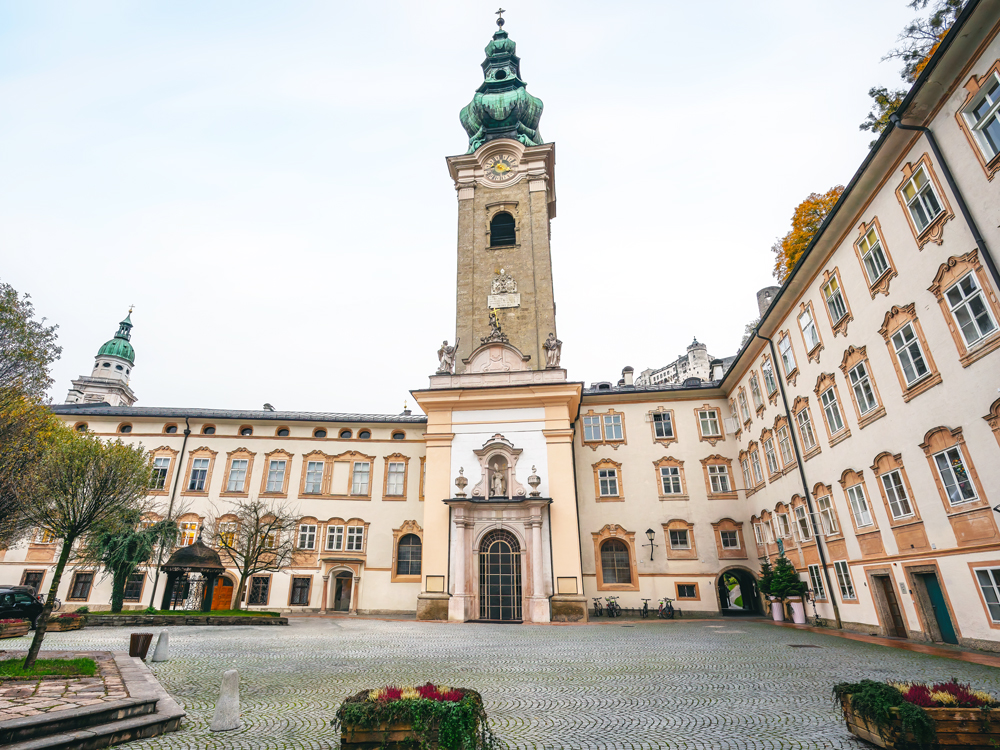
Year established: 803 CE
Salzburg’s St. Peter Stiftskeller is located in the monastery complex of the Benedictine Archabbey of St. Peter. It was established in 803 as the monastery’s “abbey cellar,” as records confirm an English scholar was served by the region’s emperor and bishop around this time. Although it hasn’t been operating continuously for centuries like Madrid’s Botín, St. Peter Stiftskeller is considered the oldest restaurant in the world based on this opening date. In the 14th century, it also entered literature thanks to a poet and composer who mentioned it in “The Monk of Salzburg.”
Today, the abbey has several rooms available for indoor seating at the oldest restaurant in the world, some of which feature historic wood carvings crafted by the monks. There are also outdoor dining opportunities in the courtyard, surrounded by stone walls that have stood for centuries.
More from our network
Daily Passport is part of Inbox Studio, which publishes content that uplifts, informs, and inspires.










